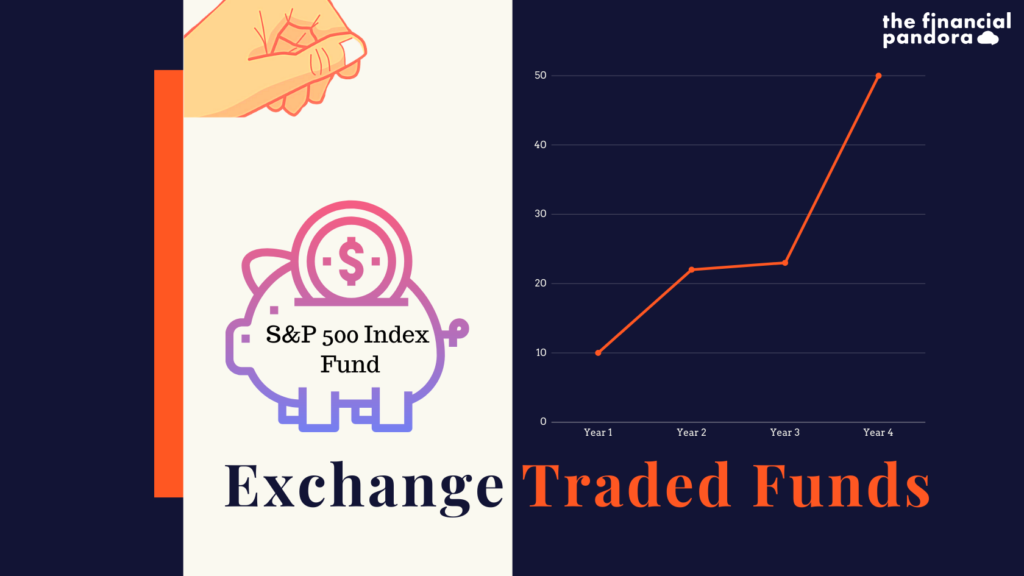Let’s say an Indian equity index Nifty-50 has 50 stocks in particular weights. A Nifty-50 ETF would be made by picking up the same stocks of the companies with similar weights which would be a replication to achieve same growth opportunities. Any person who feels the optimism towards Indian listed companies will then have Nifty-50 ETF as a better option with lower costs and same risk exposure.
This too easy to be in finance tool works wonders in an all Equity portfolios as it provides instant diversification by investing in hundreds of different stocks across the various sectors unlike limited exposure to a single company through traditional stocks.
Moreover, it also provides an additional opportunity to bet on assets other than traditional Stocks, Bonds and Cash. The ETFs are classified primarily according to the assets they are investing in – Commodities, Bonds, Equities and Currencies. But in recent decade we do have ETFs which are investing in assets affected by particular Economic, social and political events bringing in a new range of classification characteristics.



Wow, nice !